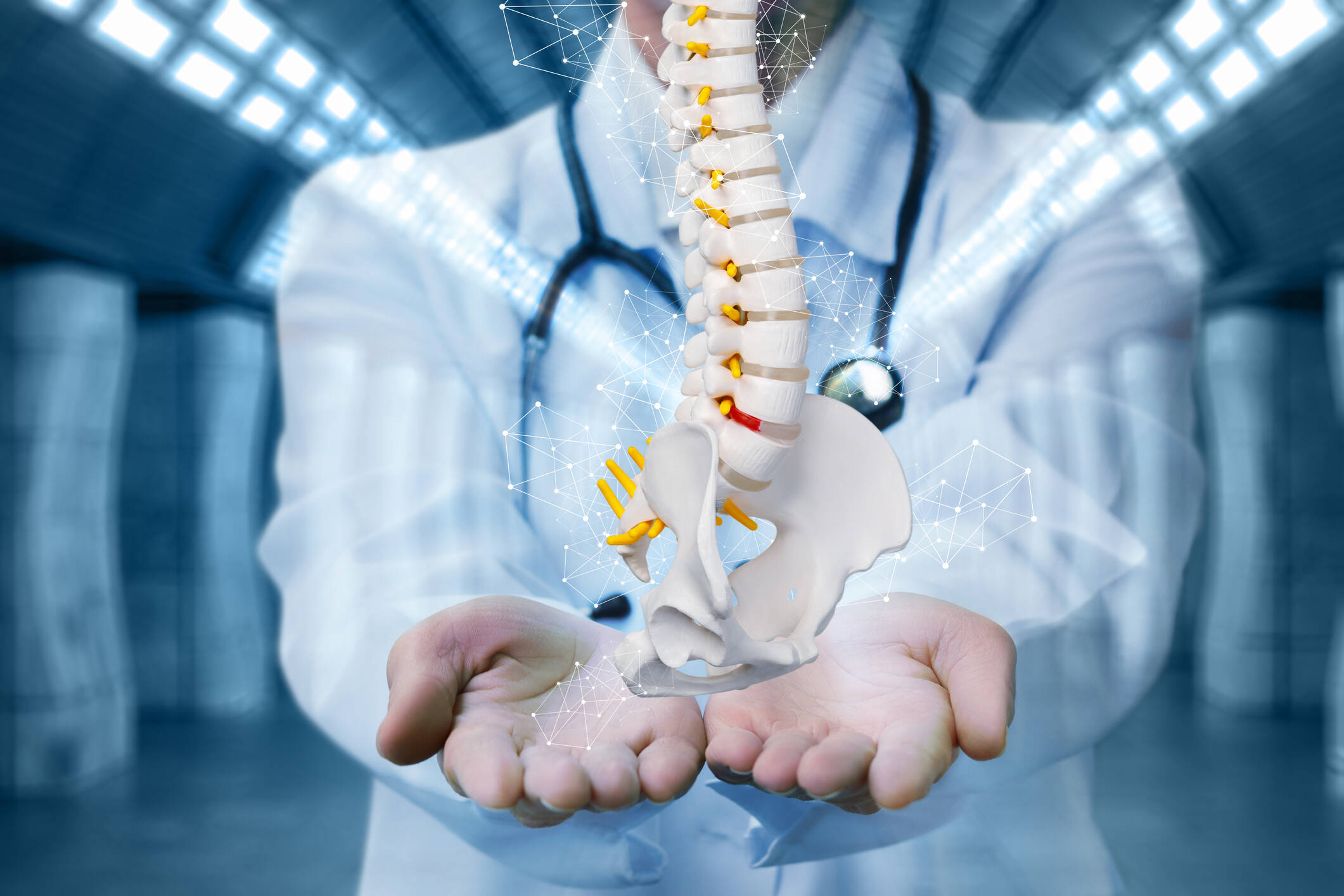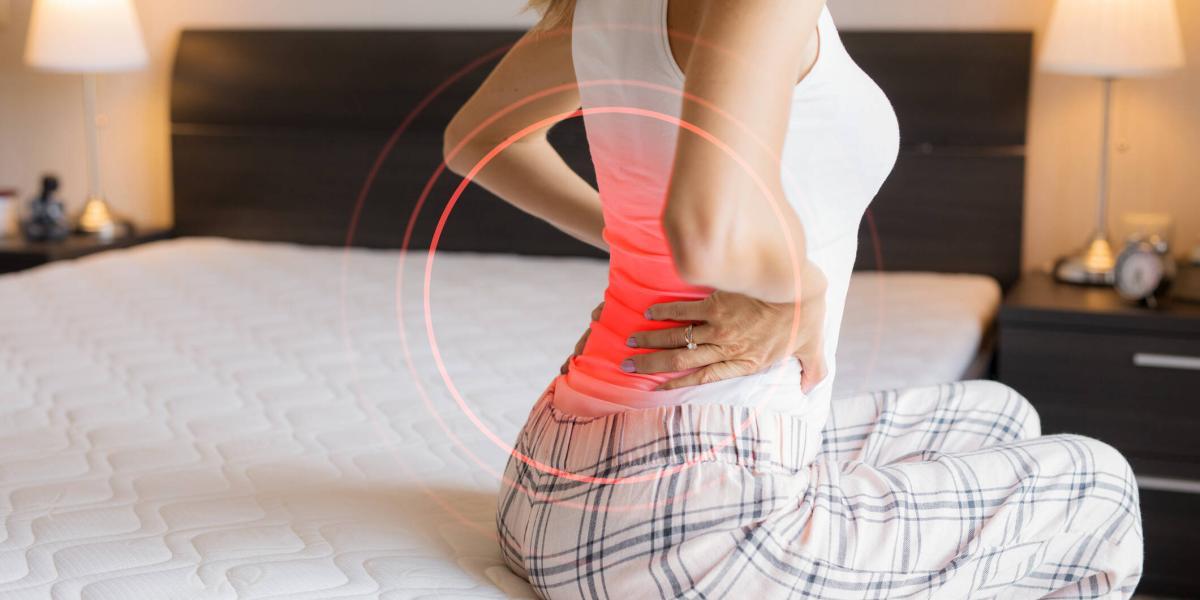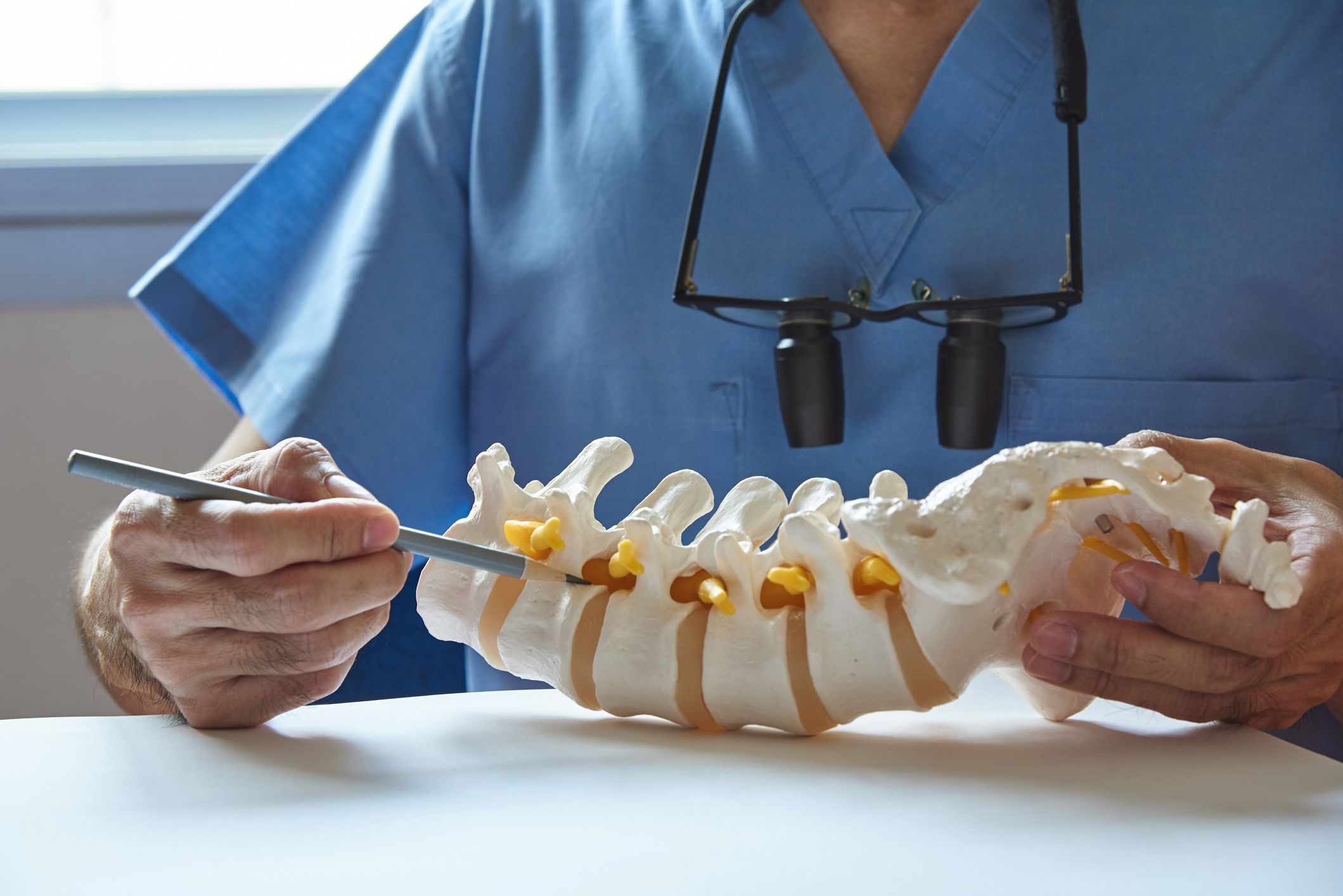What is spinal stenosis, the painful narrowing that puts pressure on the spine and affects people over 50?

Spinal stenosis is a medical condition characterized by a narrowing of the space within the spinal canal , which can lead to compression of the spinal cord and nerves.
According to the Mayo Clinic, this narrowing most often affects two regions of the spine: the lumbar (lower back) and the cervical (neck).
Although many people with this condition do not experience symptoms at first, in others it may manifest through pain, tingling, muscle weakness or numbness , symptoms that tend to worsen over time.
The main cause is usually natural wear and tear on the spine associated with aging and arthritis , a degenerative process that damages joint tissues.
In more severe cases, treatment may require surgery to widen the space in the spinal canal to relieve pressure on the nerves. However, it is important to note that this surgery does not stop the progression of arthritis, so joint pain may continue after surgery.

The narrowing occurs primarily in the lumbar or cervical region of the spine. Photo: Istock
The progression of this disease is generally slow, and its symptoms vary depending on the affected area of the spine . When it is localized in the lumbar region, those affected may experience:
- Pain or cramps in one or both legs.
- Discomfort when walking or standing, which improves when sitting or bending forward.
- Occasional lower back pain.
If the stenosis affects the cervical region , symptoms include:
- Numbness or tingling in arms, legs, hands, or feet.
- Muscle weakness in the extremities.
- Problems walking or maintaining balance.
- Neck pain.
- Changes in bowel or bladder control (in severe cases).
These signs should be evaluated by a medical professional, as their progression without treatment can significantly limit the patient's mobility and functionality.

The main cause is arthritis, which deforms bone structures and ligaments over time. Photo: iStock
The vertebral canal protects the spinal cord and is made up of a series of vertebrae. Over time, various structural changes can reduce the space available in this canal, putting pressure on the nerves. According to the Mayo Clinic, the most common causes include:
- Bone spurs: Wear and tear caused by arthritis can cause abnormal bone growths to form that invade the spinal canal.
- Herniated discs: Intervertebral discs can move and put pressure on the spinal cord or nerves.
- Ligament thickening: The ligaments that stabilize the spine may stiffen and take up space within the canal.
- Tumors: Although a rare cause, masses can arise within the spinal canal that contribute to narrowing.
- Injuries or trauma: Accidents or surgical procedures can cause fractures, vertebral displacements, or inflammation that compresses nerve structures.
Each of these factors can interact with others, making the clinical picture more complicated if a timely evaluation is not performed.

In severe cases, surgery may be necessary to relieve nerve pressure. Photo: Teeradej Srikijvilaikul
The therapeutic approach to spinal stenosis depends directly on the severity of symptoms and the patient's quality of life. In the early stages or with moderate discomfort, treatment may consist of anti-inflammatory or analgesic medications , as well as steroid injections in the area of the compressed nerve. Physical therapy is also recommended to improve posture, strengthen muscles, and increase flexibility.
In more complex cases, when conservative therapies fail to provide relief, surgery may be considered . These interventions aim to widen the spinal canal using techniques that relieve pressure on the nerves, although they do not reverse underlying causes such as arthritis.
More news in EL TIEMPO *This content was rewritten with the assistance of artificial intelligence, based on information from EFE, and reviewed by the journalist and an editor.
eltiempo





